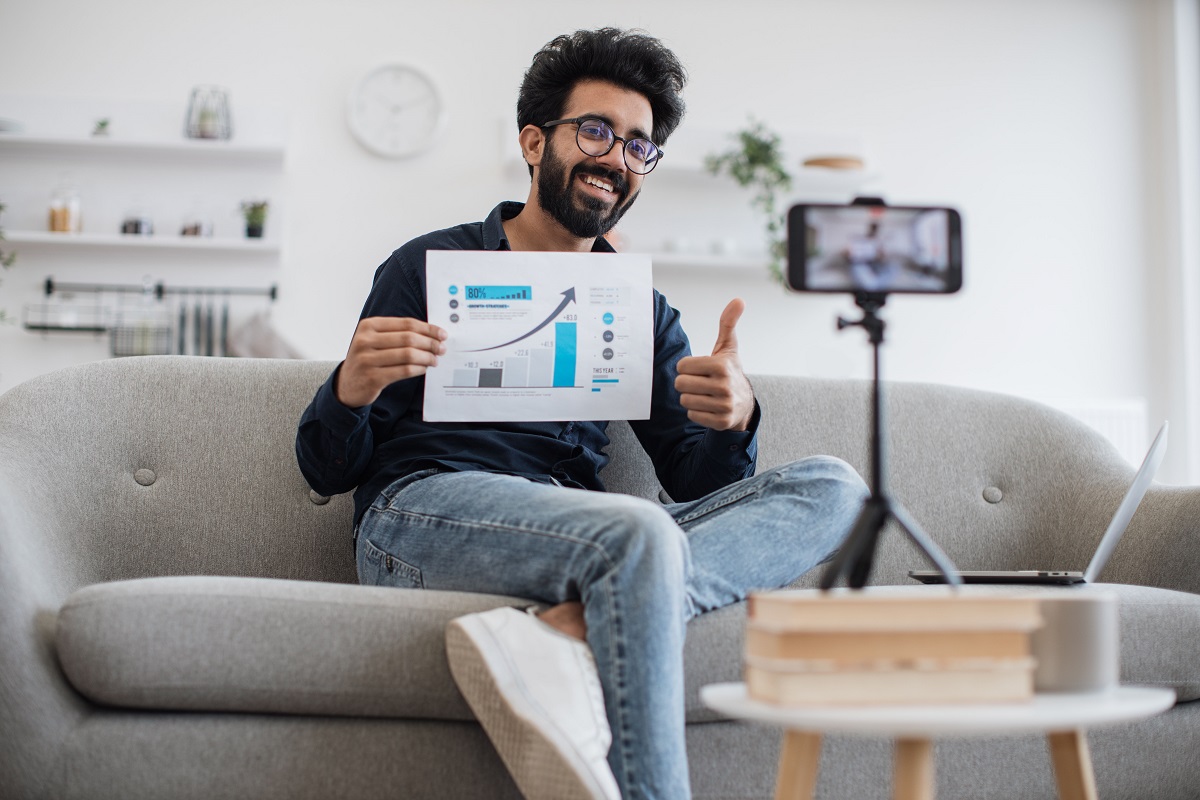How to Find a Qualified SEO Manager for Your WordPress Website
Key Takeaways Beyond The Basics WordPress Nuances Plugin Proficiency Theme Optimization Speed & Core Vitals Security Signals Essential Qualifications 1. Strategic Mindset 2. Technical Prowess 3. Content Acumen 4. Analytical Expertise 5. Proven Results The Hiring Process Where to Look Vetting Candidates The Right Questions Measuring Success Key Metrics Reporting Cadence Interpreting Data Continuous Optimization The Partnership Mindset Red Flags Conclusion Frequently Asked Questions What qualifications should an SEO manager for WordPress have? How do I assess an SEO manager’s experience with WordPress? What are the key responsibilities of an SEO manager for a WordPress website? How can I measure the success of my SEO manager? What are common red flags when hiring an SEO manager? Why is a partnership mindset important when working with an SEO manager? How long does it take to see SEO results for a WordPress site? Key Takeaways They know the ins and outs of WordPress – how to use trusted plugins, how to use optimized themes. Most of all, seek out candidates whose experience reflects a balanced mix of strategic, technical, content, and analytical expertise necessary to produce demonstrable SEO outcomes. Keep an eye on and optimize site speed, security, and core web vitals to ensure you’re staying high in the search rankings and providing a good UX. Employ transparent hiring standards, well-organized interviews, and hands-on tests to separate the capable seo managers with demonstrated results. Measure SEO success with metrics like organic traffic, keyword rankings, and user engagement, and optimize strategies based on data-driven insights. Make sure you and your SEO manager are partners and watch out for people who aren’t upfront or up to date on SEO best practices. To find a SEO manager for a , start by setting clear job needs and checking skills in both SEO and WordPress tools. Good SEO managers know search trends, site speed, plugins, and on-page rules. Reviewing past work helps to see how they increase website rankings and traffic. That choice will determine how far your site goes and how fast it grows. Then, discover what steps make hiring easy and straightforward for any team or project. Beyond The Basics To locate a ninja SEO manager for your WordPress site is to understand what makes WordPress tick. The right individual will be dealing with plugins and themes and site speed and security, all while keeping up-to-date with changing best practices. You need to be on top of technical audits, content checks, and core web vitals. WordPress Nuances WordPress has its own nuances that influence search engines’ perception of your site. Here’s a quick look: Feature Best Practice SEO Impact Permalinks Use post-name structure for clean URLs Better indexing and readability Taxonomies Limit duplicate content by managing categories Prevents thin/duplicate content Media Library Optimize image titles and ALT text Boosts image search visibility Page Builders Use lightweight builders to avoid bloated code Faster load, better rankings URL structure is simple to ignore, but having permalinks display obvious keyword-laden slugs works wonders for both consumers and the search engines. Integral instruments such as the Customizer and block editor enable you to modify metadata and content layout without coding. When used appropriately, these features increase site vitality and rankings. Pursuing new trends such as full-site editing or leveraging headless CMS configurations helps you stay the site adaptable and competitive. Plugin Proficiency Selecting plugins is more than selecting what’s hot. Yoast SEO, Rank Math, All in One SEO, and WP Rocket are proven options: Yoast SEO Rank Math All in One SEO WP Rocket Smush (image optimization) Redirection Make sure the plugin you select is compatible with your theme and other tools to prevent conflicts. Plugins may be used to automate elementary SEO, create sitemaps and monitor problems. They’re good for reporting, like broken links or duplicate content. Keep them updated to protect against hacks and bugs. Theme Optimization A responsive theme isn’t just good for mobile, it’s key for SEO. Optimizing the theme for speed—minimizing large images, eliminating unused code, and compressing CSS. Schema markup support is another thing to check, as it’s essential for rich results but difficult to configure. After you’ve made changes, leverage tools such as Google Search Console to determine if rankings shift up or down. Speed & Core Vitals Test your speed with tools such as Google PageSpeed Insights or GTmetrix. Caching plugins such as WP Rocket or W3 Total Cache ensure that things stay speedy for visitors worldwide. Image compression is obvious, but hey, minify your CSS and defer your scripts too. Monitor Core Web Vitals, and target sub 2s load times for shops or 0.5s if you can. Security Signals Securing a WordPress site is fundamental SEO. SSL is table stakes for trust and search rankings. Update everything—core, themes, plugins—frequently, because one weak link can bring havoc. Run security audits, either with Sucuri or Wordfence, to identify and resolve issues before they damage your rankings. Essential Qualifications Choosing the best SEO manager for a WordPress website involves a balance of technical expertise, strategic prowess, content savvy and demonstrated results. A strong candidate will satisfy the fundamentals, such as a minimum of 2 years practical SEO experience, ease with analytics and reporting, and WordPress fluency. Seek out Google Analytics Certification, familiarity with industry tools like SEMrush, Moz or Ahrefs, and solid writing abilities. Skim for these must-haves before you dig deeper into their fit for your business. 1. Strategic Mindset An SEO manager should demonstrate how their tactics drive business objectives. For instance, if your site depends on international traffic, they should understand how to optimize keywords for worldwide reach. They have to be forward-thinking, trend-proof, algorithm-proof. The strongest applicants will discuss long-term strategizing, not just scatternig for quick victories. Who could change things up as search engines change their own rules, providing the flexibility your business requires to continue to expand. 2. Technical Prowess Technical SEO goes beyond WordPress basics. If you can do site audits, spot crawl errors and optimize loading speed, that’s a plus. Their experience with










